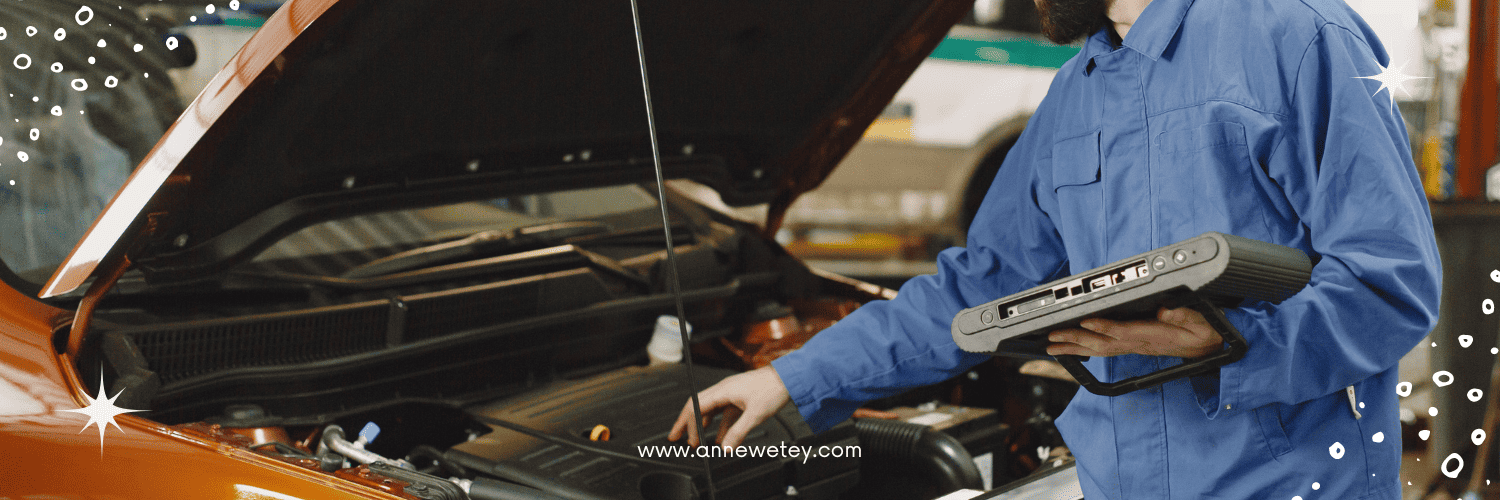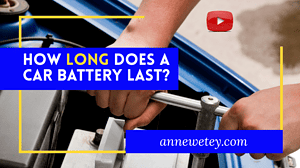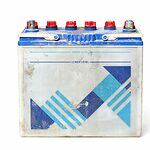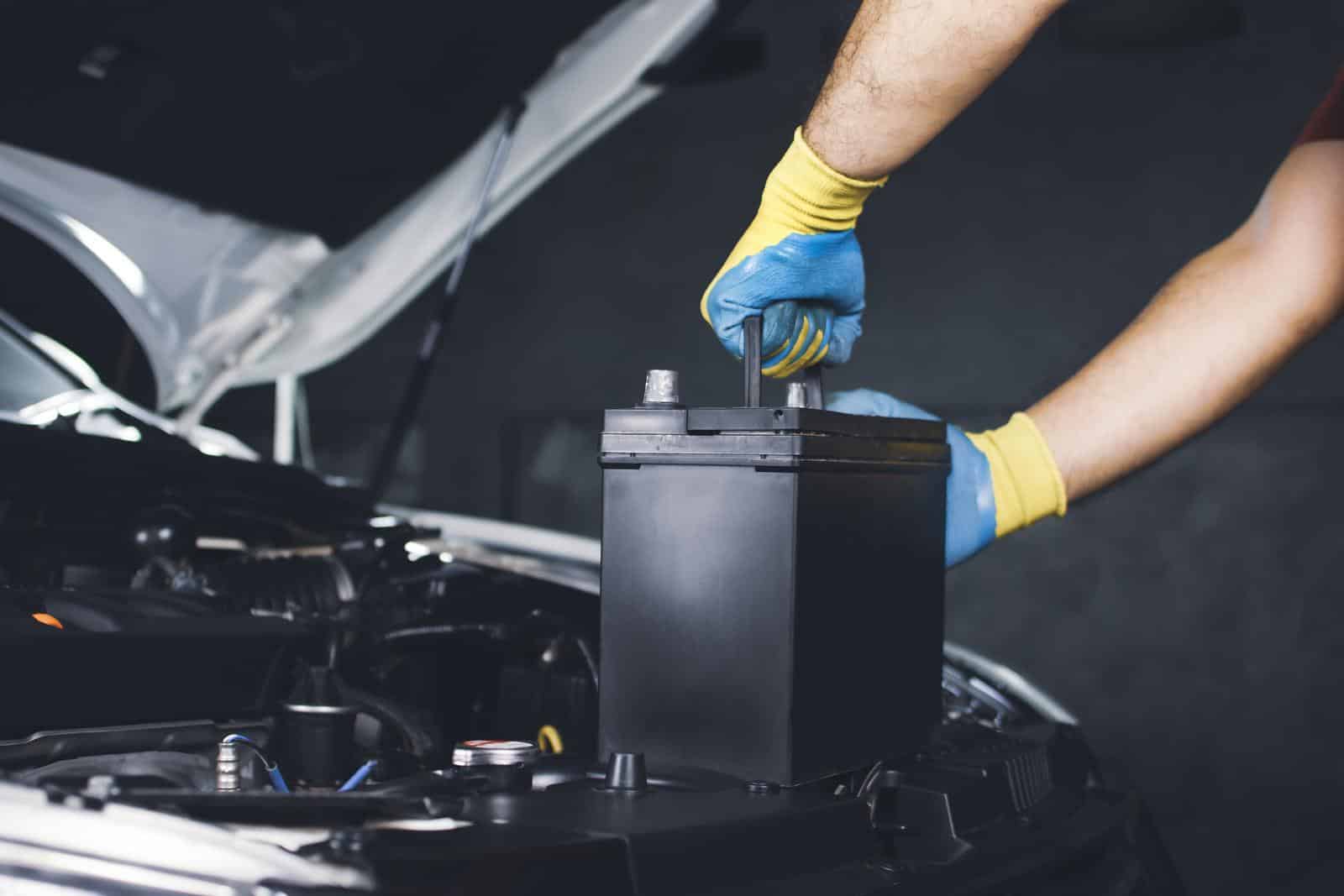How long does a car battery last?
PREMABLE
WATCH ON YOUTUBE
Two primary factors affect how long a car battery lasts: temperature and alternator issues. Managing these two factors can eliminate most of the common car battery problems.
This blog post is primarily concerned with internal combustion engines rather than electric car batteries or electric vehicles (EVs).
There are a range of factors which affect the lifespan of a battery and prevent a dead battery situation. Most battery types, e.g. starter, lead-acid, AGM, VRLA, Gel and even more modern Lithium-Ion batteries, are all affected by similar factors, although some may handle problems better than others. Knowing and controlling these factors can increase your battery life and help you avoid premature battery replacement.
AMBIENT TEMPERATURE

The average car battery life in colder climates is longer than the average battery life in hotter climates. This is because the chemical reaction which creates the energy of a battery and also causes the battery to fail happens faster at hot temperatures. Whereas we can expect a battery to last between four to five years in a cold climate, the same battery will only go two and a half to three years in a warmer climate. While cold weather means you need more energy to start your car engine, the advantage of warm weather is that batteries give more energy, and operate more efficiently at higher temperature. This explains why the cold cranking amps (CCA) of a battery is less important in tropical climates.
NUMBER OF CHARGE/DISCHARGE CYCLES

Charge cycles and discharge cycles refer to the number of times a battery is discharged and then recharged over its life span. Battery degradation is affected by how many times the car is started and then turned off in the day. An example is an office worker who drives a good distance to the office in the morning turns off the car engine and then doesn’t move the car till they are ready to go home in the evening versus a taxi driver who needs to start and restart his vehicle multiple times every hour of the day. The taxi driver’s battery goes through multiple charge-discharge cycles a day and so will not last as long as the office worker’s battery does .
Engine stop-start systems in energy efficient vehicles have the same problem. This reduces Battery Capacity over time and battery degradation is rapid. EFB (enhanced flooded batteries), Stop-start batteries and deep cycle batteries are special types of battery which are designed to handle a greater number of charge/discharge cycles.
TYPE & AMOUNT OF ACTIVE MATERIAL IN BATTERY CELLS

This depends on the battery manufacturers and is out of control of the user. The quality of the materials used in the battery and the quality and skill of manufacturing definitely affect the lifespan of the battery. However, there is nothing you can do about this factor as a user of the battery once you have bought it. Battery manufacturers also design different battery types according to the applications and operating conditions.
UNDERCHARGING

This alternator issue means that the battery charge used when the vehicle is started or used by the electrical accessories is not replaced. Sometime the alternator charges OK unless the air conditioning or headlights are turned on. In this case, it is just the battery power which maintains the working of these systems.
OVERCHARGING
Overcharging of a battery occurs when a faulty charging system (alternator) of the vehicle puts too much power into the battery. Rapid charging cause the battery to over-heat, reduces the water level and deforms the battery cells. Other signs of an overcharged battery: battery becomes very hot, hissing of battery or battery fluid leaking from the top or side vents and a rotten egg smell (sulfur). Over-charging can result in a dead battery in just two to three days if you continue to use the car regularly. It can even cause the battery to explode. Thankfully, this doesn’t happen very often. So, if you can smell rotten eggs coming from your battery, get it checked fast.
IMPROPER STORAGE CONDITIONS

The conditions under which a battery is stored before installation can affect the battery lifespan. Temperature and state of charge are the two major factors needed to maintain good battery health in storage. Batteries need to be cool and stored almost fully charged in order to be in an optimal condition. Hot storage conditions reduce the lifespan.
EXCESSIVE HEAT & OVERHEATING

The engine compartments of certain vehicles is can be excessively hot. This is because poor engine motor design by the car manufactures or poor maintenance by drivers can cause unusually hot operating temperatures. Also, protective battery heat shields and/or battery cases must not be removed. Extreme temperatures cause batteries to overheat. The battery fluid dries up much faster in these conditions. As stated earlier, excessive heat can take months off the lifespan of your battery.
POOR MAINTENANCE

If your lead-acid battery is the serviceable type, check and top up the battery fluid levels with a little distilled water once or twice a year. Today most batteries are sealed and cannot be topped up. However, there are certain things which need to be done to maintain even sealed batteries. Removing corrosion from terminals (this ensures proper charging as corrosion can partially insulate the terminal and reduce the charge) and keeping the top of the battery dry and clean are small things which significantly improve battery performance and battery age. A little Baking Soda mixed with water is excellent at removing corrosion from the negative terminal and positive terminal. Use a moist soapy cloth to clean the rest of the case.
AGE OF VEHICLE

The older your car gets, the more power is required by the engine to start. After four to five years of use, the energy demands of your engine and starter motor are much higher than when the vehicle was brand new. You can improve this dramatically if you follow the advice of the car manufacturers and take proper care of your engine by doing regular maintenance. Any car that is well maintained has fewer battery issues. This explains why a replacement battery never seems to last as long as the original.
AVERAGE DRIVING DURATION

People who drive longer distances give the alternator enough time to charge the battery fully after they have parked it overnight or for a longer periods. People who make short trips each day and then park the vehicle for a long time before moving it again (most office workers like bankers use their cars in this way) may not use the vehicle enough to give the battery a proper replacement charge. Cars which are used only once or twice a week (e.g. only driven to church or for shopping once a week) may not get enough usage to charge the battery properly. A long road trip once in a while could be all that is needed to fully charge your battery.
TYPE OF CAR

Vehicles with a large engine size and huge amounts of electrical components will need a more electrical power compared to a car with a small engine size and fewer electrical components. Vehicles with sophisticated computers, GPS tracking, alarms, electric seats, sun roofs, stop-start features, running board lights, heated seats, cameras, etc. put enormous demands on the battery even when the vehicle is parked. A weak battery in these type of vehicles could affect the power steering, air condition performance and even the acceleration.
The only solution in this case is to choose the recommended battery type or better when purchasing a replacement battery. Advancements of battery technology like light traction batteries, EFB (enhanced-Flooded Batteries), Deep Cycle batteries and stop-start batteries are made to survive this kind of power hungry conditions.
Purchase a new battery pack with the original capacity and rating or better and use the car as regularly as you can to enable to alternator to keep the battery in a fully charged condition. You may even need to purchase an external battery charger or battery tender (also known as a battery maintainer) if the car is not being used regularly. Most new model cars now adopt Complex Battery Management Systems and may even have a separate auxiliary battery to handle the computer and other electrical accessories.
USE OF ELECTRONICS

Some people love to listen to the car radio, music amplifiers, or turn on the car lights while the engine is off. This means that you are using the car battery without replacing the power. This type of use cause the battery to discharge more deeply than expected. Most vehicle batteries are only designed to start the car and then as the engine comes on, the battery is quickly recharged by the alternator. Draining the battery power over an extended period before the car engine/alternator comes on causes a deep discharge of the battery, which will shorten the lifespan if this occurs too frequently.
EXCESSIVE VIBRATION (POOR ROADS),

The internal joints and connectors within a battery can crack and deteriorate under excessive vibration. Car manufacturers always securely hold down batteries with brackets and lockers to minimize this kind of battery damage. Unfortunately, some normal batteries are exposed to these conditions because the bracket and hold-downs which secure the battery in one place have been lost or the vehicle is regularly driven on bumpy roads.
There are batteries especially designed for the excessive vibrations of extensive off-road use. These batteries are often marketed for military use and off-road 4×4 sports enthusiast, e.g. Optima batteries.
PARKING CONDITIONS (SHADE VS SUN)

Cars should be kept covered, in a garage or under a shady tree during summer.
Parking your car in the scorching sun rather than in a garage or shade can raise the interior temperature of your car drastically. When the outside temperature is just 24 Celsius, the inside of your car can reach 50 Celsius within 30 minutes when parked in the sun. This increases the rate of discharge of your battery and overtime will reduce its life span.



 Next Post
Next Post
